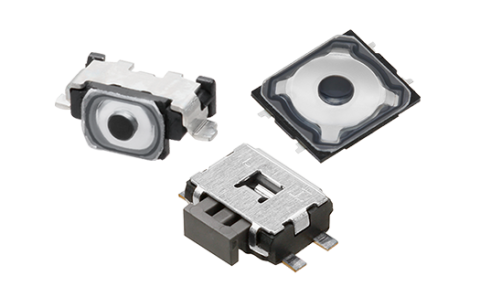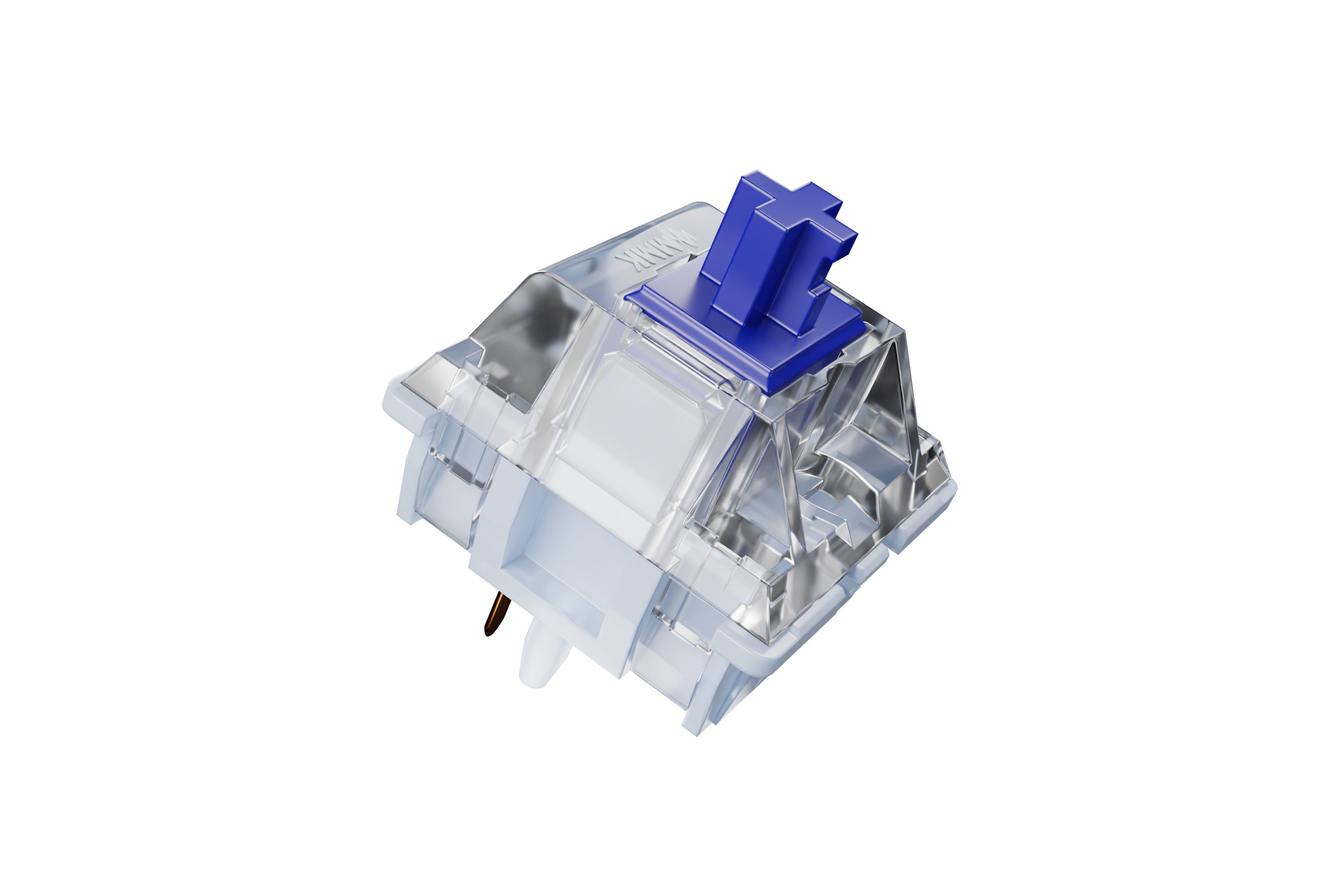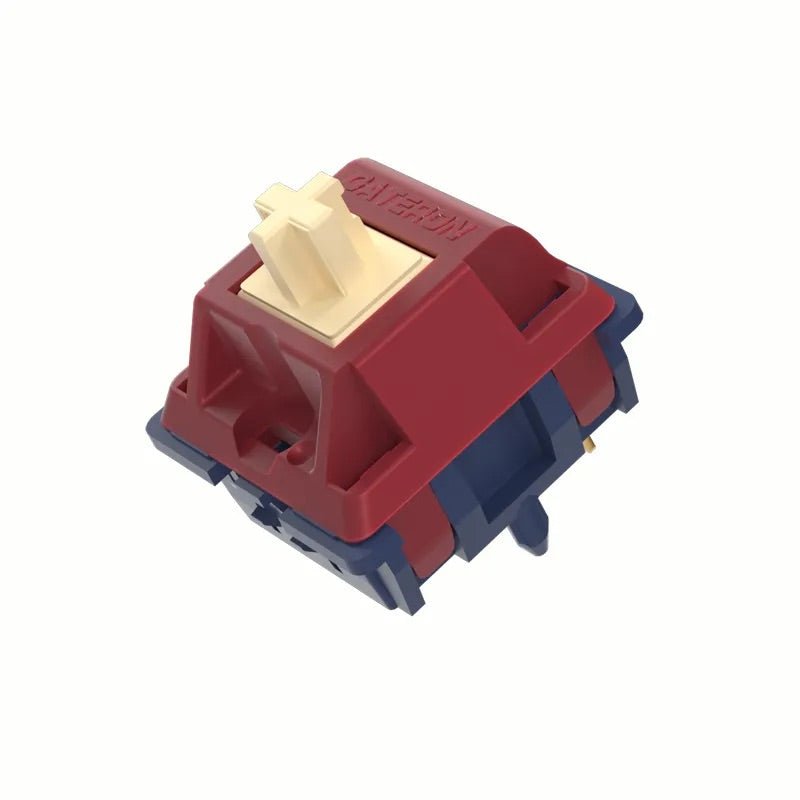Discover different switch types in tactile switches to match your needs.
Recognizing the Perks of Tactile Changes for Boosted Customer Experience
Responsive buttons are indispensable to modern-day individual interfaces, offering physical responses that improves communication accuracy and user contentment. By supplying a distinctive feeling upon activation, tactile switches confirm individual inputs without the demand to divert visual interest, simplifying task execution and decreasing error rates.
Discovering the Mechanics of Tactile Switches Over
To understand exactly how responsive buttons enhance user experience, it is crucial to delve right into their auto mechanics. Responsive switches operate via a device that users can really feel and hear when a trick is pushed.
The building and construction of these switches differs, but usual products include metal for the contacts and rubber or silicone for the responsive dome - tactile switches. These parts are crafted to endure numerous cycles, guaranteeing toughness and constant performance gradually. This integrity makes tactile switches specifically favored in atmospheres that demand quick, accurate user input
How Tactile Responses Boosts Precision and Rate
Lots of individuals locate that responsive responses from switches dramatically improves both the precision and speed of their communications with devices. The distinct physical feeling provided when a responsive switch is activated enables customers to validate their input without requiring to verify visually. This confirmation is important in settings where focus is split throughout several jobs, as it ensures inputs are both intentional and proper.
Additionally, the instant responses from responsive switches decreases the moment taken in between activities. Users do not have to press secrets multiple times to guarantee activation, causing quicker feedback times. This efficiency is particularly helpful in high-speed typing scenarios where each nanosecond can add to overall productivity.

In addition, the boosted sensory experience decreases individual fatigue and enhances involvement, making interactions much more instinctive and less susceptible to errors - tactile switches. Hence, responsive switches not just enhance the functionality of a tool yet additionally add to a more rewarding user experience
The Duty of Tactile Changes in Video Gaming Performance

Moreover, responsive switches contribute to faster reaction times. The physical experience validates the vital press without the requirement to bad the keys, making it possible for quicker inputs and see a smoother pc gaming experience. This is especially beneficial in video games that require rapid and repetitive keystrokes, where speed is often as critical as accuracy.

Responsive Buttons in Specialist Atmospheres
Responsive switches are just as transformative in expert settings, where efficiency and ergonomic layout boost productivity. These switches, frequently discovered in high-precision keyboards, are prized for their receptive responses. When pressed, they offer a recognizable bump midway through the keypress, verifying activation without the requirement for full traveling. This attribute permits experts such as typists, developers, and data entry staffs to boost inputting speed and precision, minimizing the risk of mistakes and the stress associated with prolonged keyboard usage.
In setups like control rooms or workshops, click resources tactile switches are incorporated into tools for their trusted performance. They supply operators the assurance needed in high-stakes atmospheres, making certain that every command or adjustment is implemented as meant. This integrity, coupled with the responsive reaction, aids maintain high degrees of focus and operational performance, critical in keeping workflow and meeting specialist standards.
Comparing Tactile and Non-Tactile Interface
Just how do tactile interface contrast to their non-tactile counterparts? The main distinction depends on the feedback supplied to users. Tactile interfaces, such as those with physical switches or distinctive surface areas, provide instant physical responses through touch. This sensory action can boost user accuracy and speed, especially in settings where visual focus must be divided. Non-tactile interfaces, like those with flat touchscreens, depend on aesthetic or auditory comments, which might not be as prompt or intuitively processed.
The option between tactile and non-tactile interfaces commonly relies on the application's context and customer demands. Responsive user interfaces are very useful in scenarios calling for procedure without straight line of sight, such as driving or in certain industrial setups. Alternatively, non-tactile user interfaces can be exceptional in clean or clean and sterile settings where physical switches could nurture pollutants. Each type has its staminas, and the optimal option boosts individual communication, guaranteeing performance and effectiveness in individual experience.

Verdict
In final thought, tactile switches dramatically boost user experiences by supplying essential physical feedback. By providing a much more user-friendly and pleasing communication, responsive switches verify premium to non-tactile user interfaces, making them a recommended YOURURL.com selection for customers looking for integrity and efficiency in their interactions with modern technology.